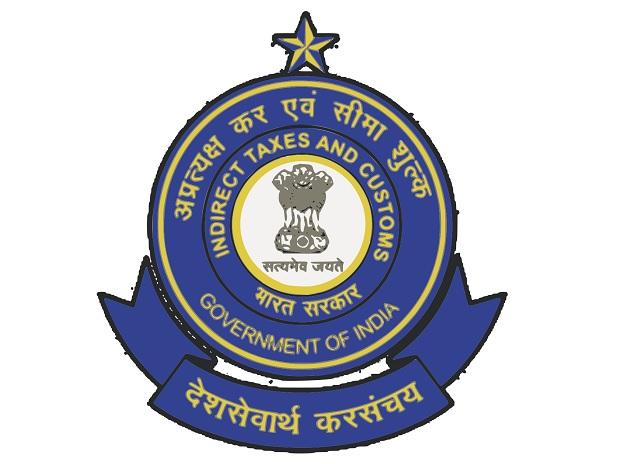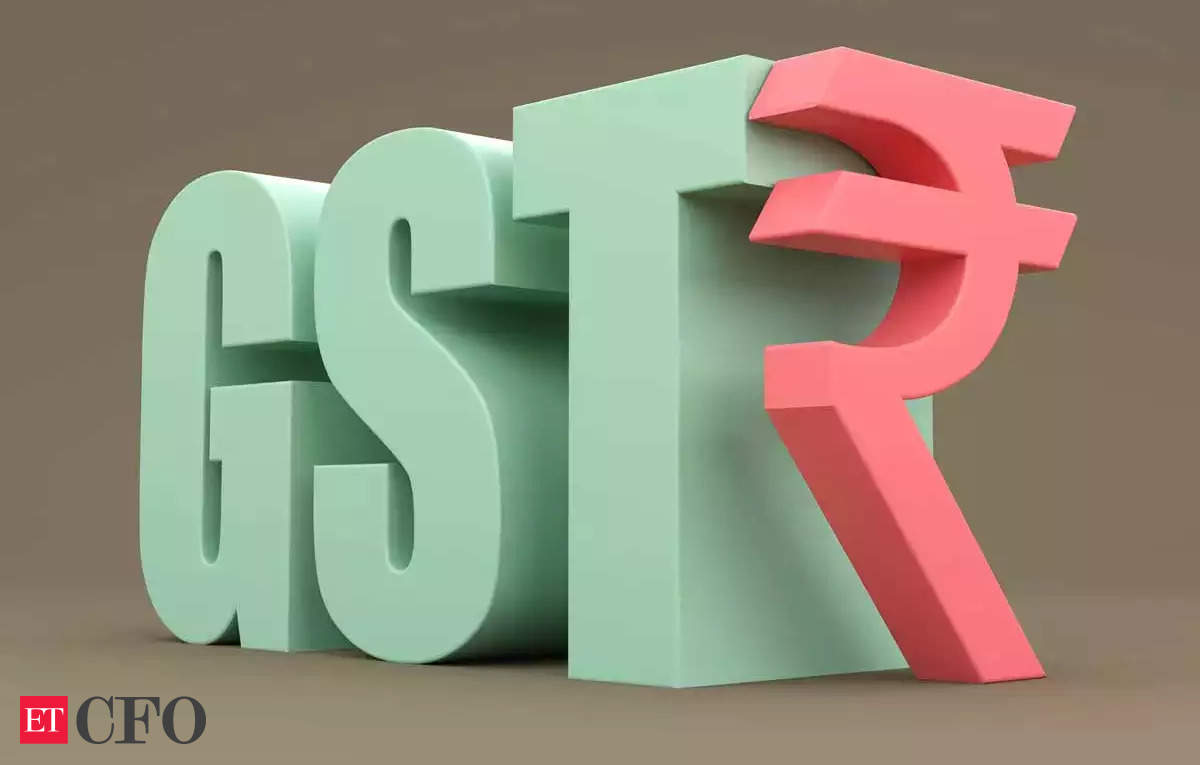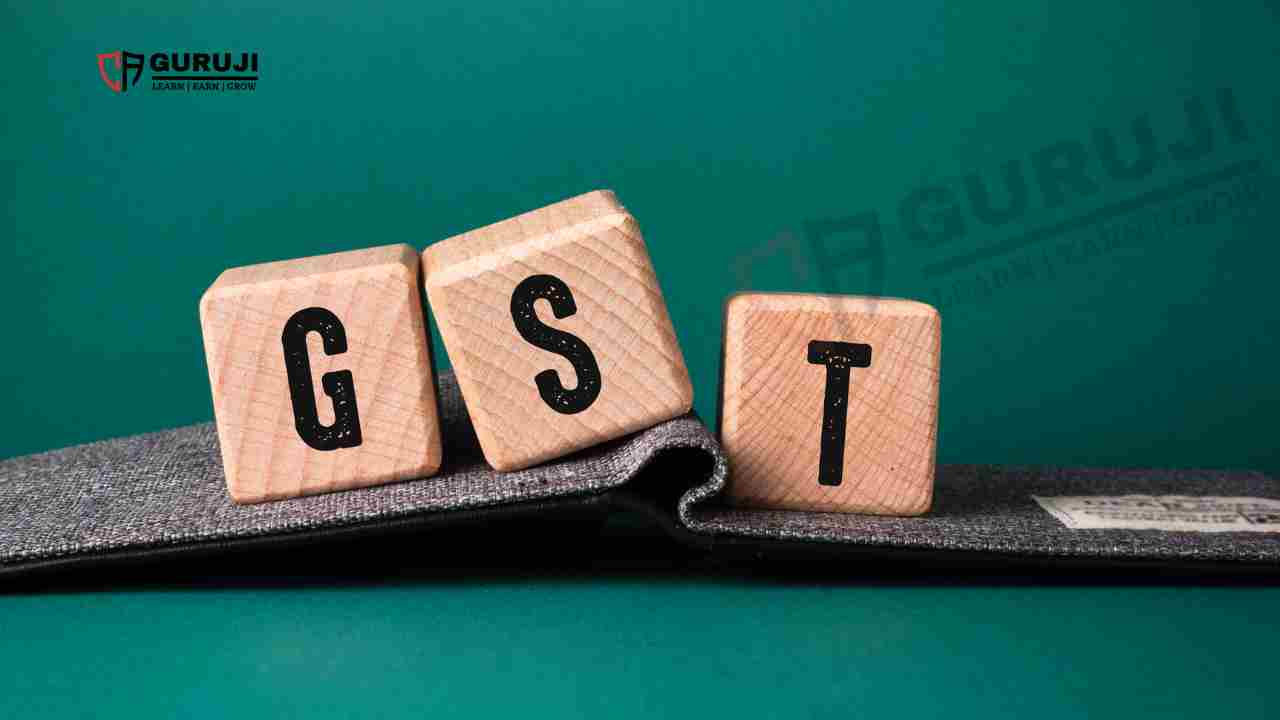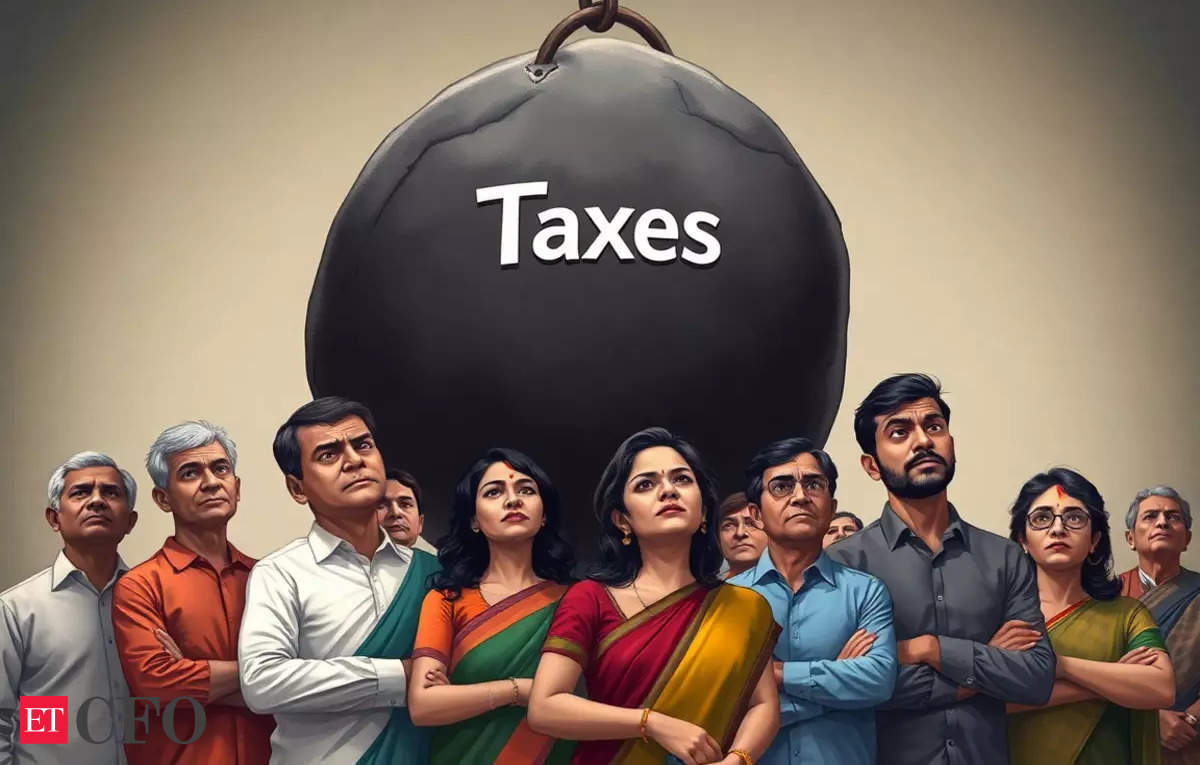The CBIC is mulling a comprehensive restructuring of the organisation, set up 6 decades ago, to make it more effective and remove overlapping, if any, as many of its functions have undergone transformation following introduction of new technologies, abolition of service tax and roll-out of GST which has subsumed several levies.
The Central Board of Indirect Taxes and Customs or CBIC (formerly knows as Central Board of Excise and Customs) was set up in 1964.
Last in 2014, a cadre restructuring and reorganisation of field formation was undertaken under which 23 central excise zones, 4 service tax zones, 11 customs zones, 60 appeal commissionerates, 45 audit commissionerates, 8 large taxpayer units and 20 directorate generals/directorates were approved to be set up.
Extensive use of big data analytics, introduction of faceless assessment in Customs and electronic filing of various documents, claims and payment of taxes have made this organisational restructuring a necessity, an official said.
“A holistic restructuring of the organisation is needed to make it more lean and adaptive to changing times and taxpayer needs,” the official told PTI.
An email sent to CBIC seeking comments on the story did not elicit a response.
The official further said the organisation restructuring that is being thought about will be different than the cadre restructuring which takes place at regular intervals.
“The CBIC has started taking inputs from field formations on making the ecosystem more taxpayer friendly and synchronize with the policy decisions of the government,” the official added.
The CBIC presently has over a dozen attached and subordinate offices, including Directorates of Revenue Intelligence, GST Intelligence, Valuation, logistics, International Customs, Anti Profiteering, Audit, and performance management.
The CBIC, the then CBEC, was set up under the Central Boards of Revenue Act 1963 and dealt mainly with the formulation and implementation of policy concerning the levy and collection of duties including Customs, central excise and Goods and Services Tax; prevention of smuggling, administration of matters relating to indirect taxes and narcotics.
The CBIC is headed by a chairman and has six members in the board. The board is assisted by principal chief commissioners/chief commissioners and principal director generals/director generals.











